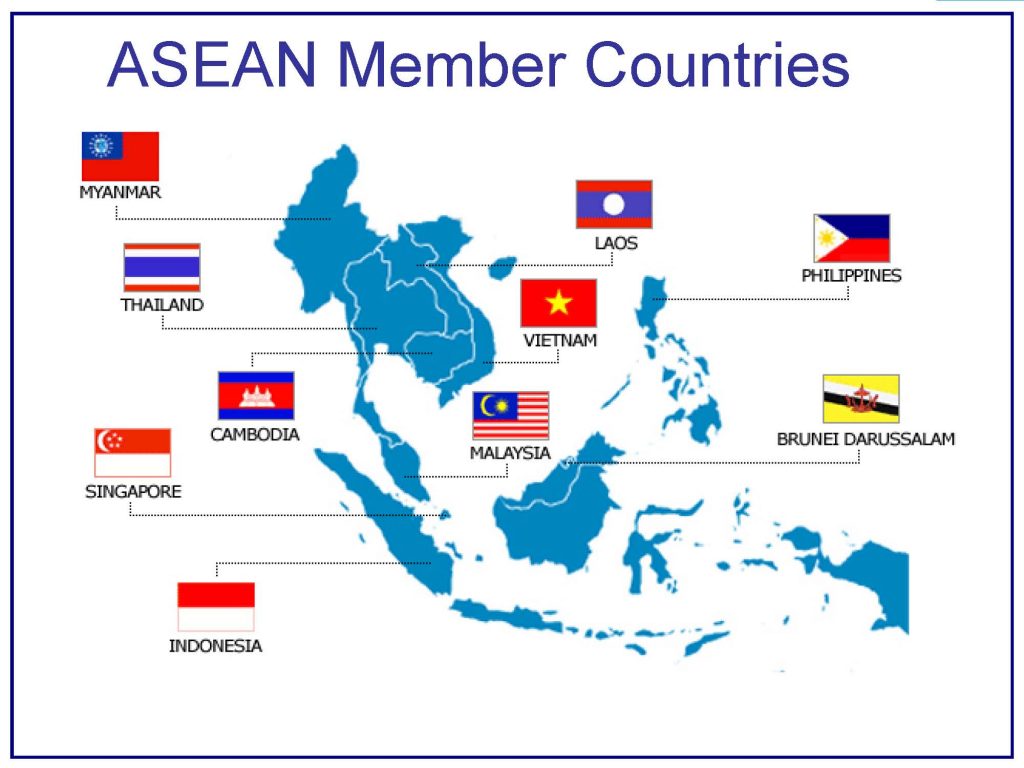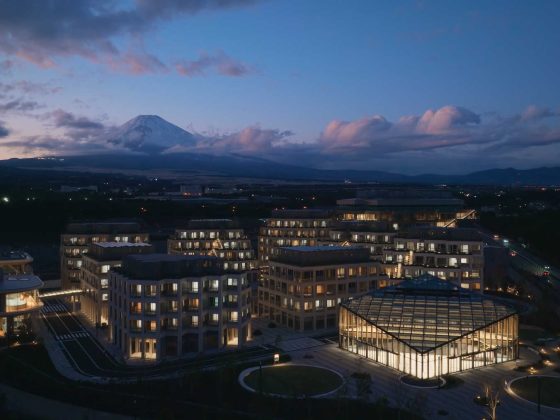The Association of Southeast Asian Nations (ASEAN) is the fifth largest manufacturing economy of the world, amounting to a massive $600 billion in value added.

Right now, the Fourth Industrial Revolution is bringing about drastic changes. For some, this means increased opportunities. For others who are lagging behind, this poses a lot of risks.
In this white paper, World Economic Forum in collaboration with A.T. Kearney assessed ASEAN’s readiness for these changes and how the region could prepare.
Call for collaboration
Currently, the member countries of ASEAN are developing at different speeds. Should the countries decide to move forward as is, the disparity in the manufacturing competitiveness of the countries will only widen over time.
A favourable scenario according to WEF is for ASEAN to switch to a multilateral collaborative strategy. This will lead to:
- Enhanced production capabilities brought upon by pooled resources
- Shortened learning and adaptation curves due to shared knowledge
- Better visibility in the production networks
- Co-creation of new solutions and products, with the countries’ connected platforms

Enabling Actions
In order to do this, WEF proposed three enabling actions which will address the region’s manufacturing pain points and harness its opportunities for collaboration.
Building up future capabilities
A weak point of a considerable number of ASEAN companies is that they cannot access or afford new facilities or technologies to amp up their production. To enhance the manufacturing capabilities of ASEAN, WEF proposes:
- Pooling resources
- Making advanced facilities and service capabilities accessible
- Development of localized and cost-effective technological solutions
Improving production networks
Another weak point is the lack of understanding of the capabilities and technology needed in the first place. At the same time, available suppliers and services are not that visible.
By connecting the region’s key players, manufacturers will manage to more effectively pierce through the market. This will also foster shared learning which will further accelerate growth.
Strengthening the ecosystem
The member countries’ data handling capabilities are extremely different. By evening out the capabilities of each country through development, data security is fortified.
Moreover, integrating digital infrastructures will make data flow across borders with ease, enhancing productivity and market access.
Concrete Opportunities
WEF also identified six initiatives which ASEAN should prioritize to fast-track the development of their manufacturing capacity:
- Establishment of 3D prototyping centres
- Development of smart packaging capabilities
- Supporting the development of digital logistics providers
- Establishing an academy for SMEs
- Launching a circular economy platform
- Creating seamless data exchanges for faster flow of goods
In order to shape the region into a production stronghold, ASEAN must step up their collaborative efforts so that each country can capitalize on each other’s strengths. This way, no one gets left behind in growth and development.











